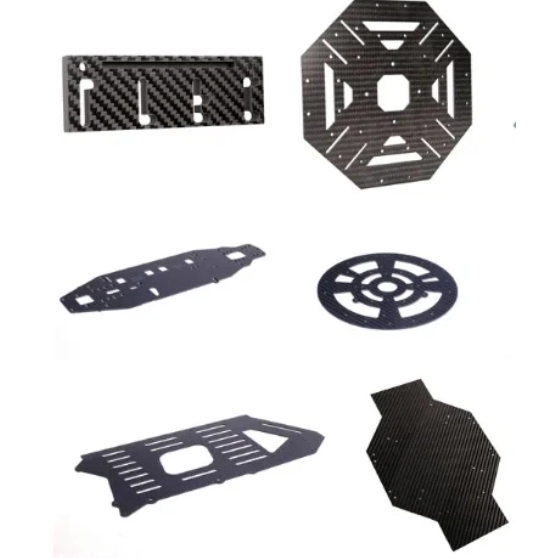In the field of prosthetics, materials play a crucial role in determining the functionality, comfort, and durability of prosthetic devices. Among the various materials available, carbon fiber has emerged as a game – changer. Its unique properties have revolutionized the way prosthetics are designed and used, bringing numerous benefits to those in need.
Carbon fiber is extremely strong yet lightweight. This combination of strength and lightness is ideal for prosthetics. Traditional materials like metal were strong but heavy, causing discomfort and fatigue for users over time. With carbon fiber, prosthetic limbs can be both robust and easy to maneuver. For example, a carbon fiber prosthetic leg can support the weight of a person while being light enough to allow for natural – looking movement and reduced energy expenditure during walking.
Moreover, carbon fiber has excellent flexibility. It can be molded into various shapes and designs, which means prosthetics can be customized to fit the unique needs of each user. Whether it’s a prosthetic arm for a below – elbow amputation or a more complex lower – limb prosthetic, carbon fiber allows for a high level of precision in fitting. This customization not only enhances comfort but also improves the functionality of the prosthetic. A well – fitted carbon fiber prosthetic can better mimic the movement of a natural limb, enabling users to perform a wider range of activities.
Another important advantage of carbon fiber in prosthetics is its durability. It can withstand daily wear and tear, as well as exposure to different environmental conditions. Unlike some other materials that may crack or degrade over time, carbon fiber remains strong and reliable. This means that prosthetic users don’t have to worry about frequent replacements, which can be both costly and inconvenient. In the long run, investing in carbon fiber prosthetics can save users money and provide them with a more stable and consistent mobility solution.
In terms of the user experience, carbon fiber prosthetics offer significant improvements. The lightweight nature reduces the strain on the residual limb and the rest of the body. Users often report feeling more comfortable and having more energy throughout the day. The better fit and movement capabilities also boost their confidence, allowing them to engage in more social and physical activities. Whether it’s participating in sports, going for a walk, or simply performing daily tasks, carbon fiber prosthetics help users regain a sense of normalcy and independence.
In conclusion, carbon fiber has had a profound impact on the prosthetics industry. Its strength, lightness, flexibility, and durability make it an excellent material for creating high – quality prosthetic devices. These devices not only improve the physical functionality of users but also enhance their overall quality of life. As the demand for better prosthetics continues to grow, carbon fiber is likely to remain a key material in the development of innovative and effective prosthetic solutions. If you want to learn more about carbon fiber and its applications in prosthetics, visit jiaxincarbonfiber.com.

